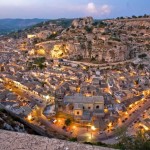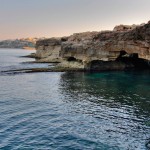The Baroque
It all started January 11, 1693, when a catastrophic earthquake destroyed many towns of the Val di Noto. From the earlier architectural structures built in the Catalan Gothic style only remained the Gate of San Giorgio and a chapel of the Church of Santa Maria delle Scale, both located in Ragusa.
After the earthquake, the reconstruction was entrusted to the Prince of Camastra, who benefiting from the brilliant architect Rosario Gagliardi, chose the baroque style, and because of aesthetic innovations he had it renamed “The Late Sicilian Baroque.”
The church of San Giorgio in Ragusa Ibla is of an extraordinarily beauty, a masterpiece of Gagliardi, while the remarkable palaces Cosentino and La Rocca, which balconies that emerge are between fantasy and taste of the grotesque with many characters carved in local stone.
Scicli is one of the most attractive cities of Sicily, and with the imposing church of San Matteo, it is also one of the richest centers with history of the Iblea province.
The city covers a wide valley between the rocky hills of three valleys: those of San Bartolomeo, Santa Maria La Nuova and Fiumara di Modica, and it is a true gem of the Baroque
The historic center is extremely interesting with its buildings of the XVIIIth century and Mormino Pen street, perfect realization of the Baroque urban design where space, light and harmony make a “unicum” of its kind, with noble palaces, monuments and ecclesiastical perspective views.
Other constructions can be admired in Modica, Noto and Palazzolo Acreide, to mention only the most important, while the highest recognition due to UNESCO which classified the site “Late Sicilian Baroque” to the World Heritage of Humanity.
Photos:
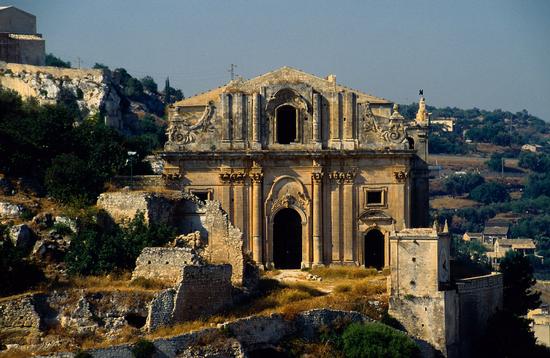 |
Church of San Matteo à Scicli |
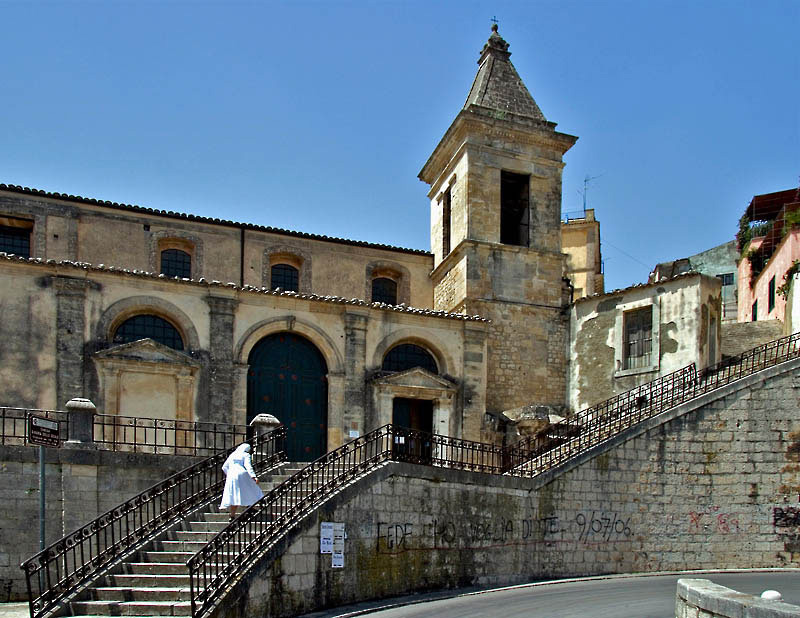 |
Church of Santa Maria delle Scale |
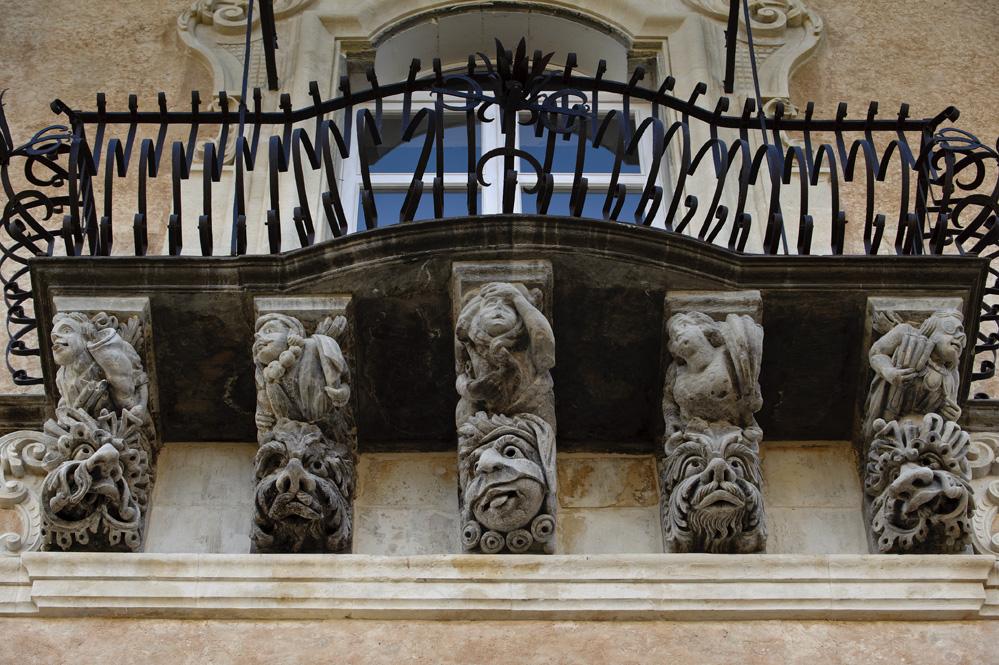 |
Palace Cosentino in Ragusa Ibla |
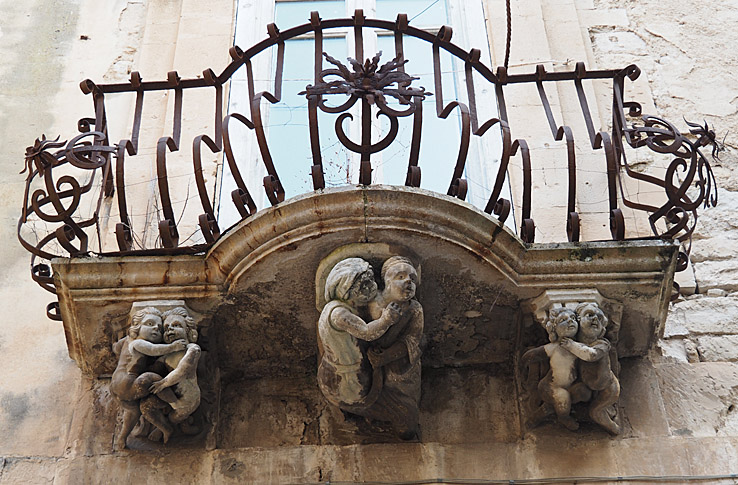 |
Palace La Rocca in Ragusa Ibla |
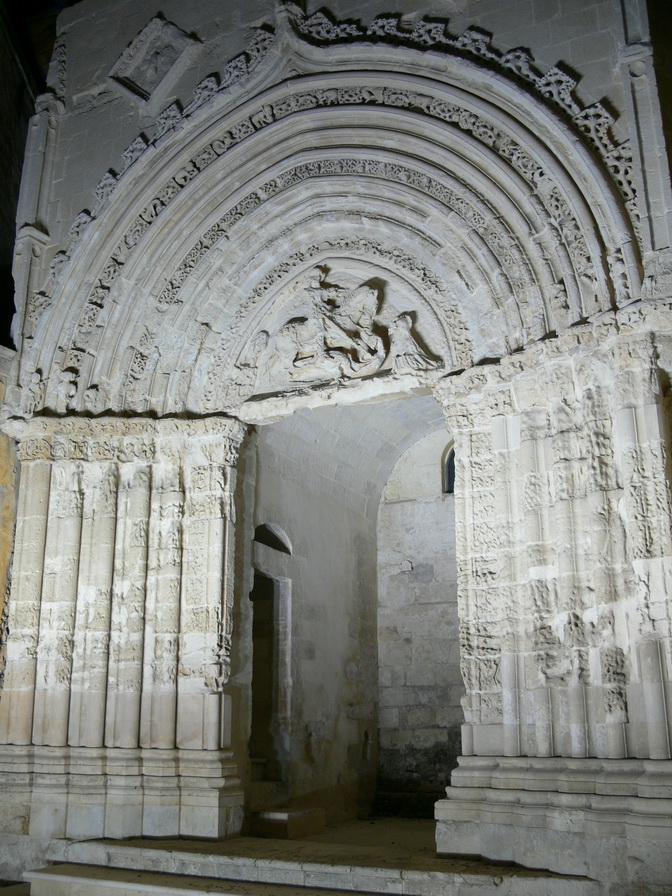 |
The Gate of San Giorgio |
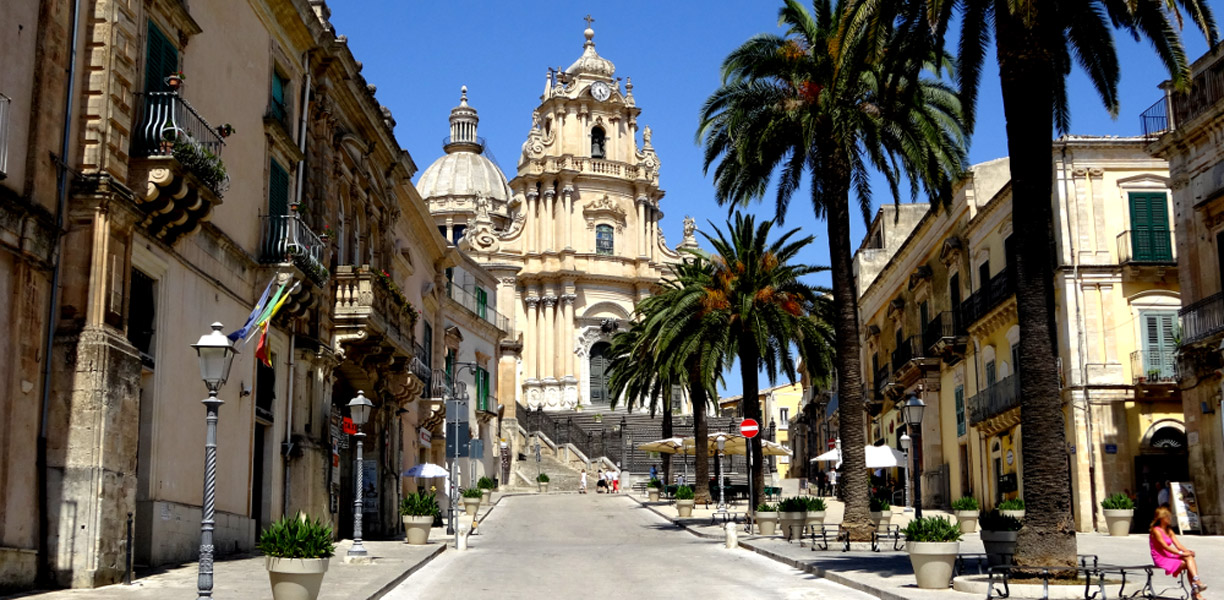 |
San Giorgio in Ragusa Ibla |
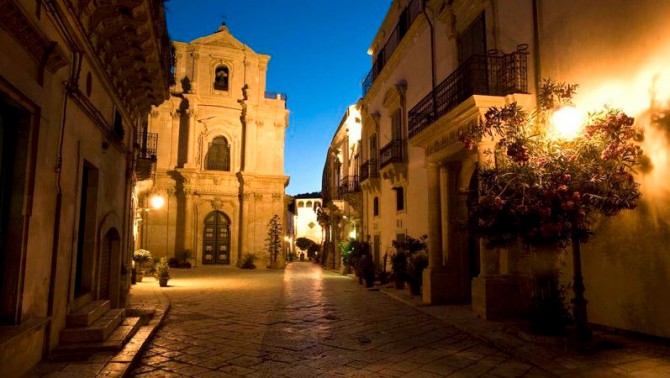 |
Mormino Penna Street in Scicli |
READ ALSO




